Unlocking Affordable Housing Through Technology, Land Use Reform, and System Efficiency
🧭 Executive Summary
Canada’s housing crisis isn’t rooted in material scarcity — it’s a systems failure. While the Liberal model fixates on top-down subsidies and institutionalized renters-for-life programs, this report presents a freedom-first, engineer-led solution rooted in technology, sovereign land access, and friction-less deployment.
🏗️ I. Innovative Construction Methods
1. Modular and Prefabricated Homes
-
Savings: 25 – 40% vs. traditional homes
-
Features: Built in factory, shipped by module, fast on-site assembly
-
Deployment Strategy: Federal micro-loans and zero-interest startup capital for new modular factories. National approval catalogue for standardized modular designs (pre-permitted in key zones). Workforce development tied to Skills Gap Trainer–style trades academies.
2. 3D-Printed Homes
-
Savings: 30 – 50% on total project cost
-
Features: Built in hours/days, automated layering, ultra-low labour
-
Deployment Strategy: Open-source blueprint library tied to National Building Code. Strategic tech partnerships with 3D construction firms (ICON, WASP, COBOD). Pilot villages on Crown land with live data tracking & ROI publication.
3. Tiny & Expandable Homes
-
Savings: 70 – 90% vs. legacy builds
-
Features: 200 – 900 sq ft, delivered by truck, expandable via modular additions
-
Deployment Strategy: Legalize full-time residency in tiny homes across provinces. Build “starter settlements” on low-cost rural land near city edges, with plug-and-play utility nodes. Offer tax incentives for off-grid compliant housing.
🌍 II. Optimizing Land Use
4. Utilizing Crown Land
-
89% of Canada = underused Crown land
-
Savings: $100K – $600K in land cost avoided
-
Deployment Strategy: Unlock 15,000 km² for residential micro-homesteading. Establish Land Activation Corridors (LACs) linked to roads/fiber. Create an online registry map for individuals/families to select parcels.
5. Direct-to-Citizen Land Allocation
-
Savings: Eliminates developers, middlemen, bureaucrats, and red tape
-
Deployment Strategy: Launch a public land claim system modelled after a transparent, digital title registry or “land grab” system. Limit parcels to 2 – 3 acres per household, with 10-year improvement clauses to ensure productive use. Do not mandate custom-built homes as a requirement — a common sabotage tactic in past programs. Instead, allow a range of flexible, self-sufficiency-oriented development options (e.g., modular units, laneway, cottages, office kits, sheds, 3D printed houses, micro-greenhouses, root cellars, solar arrays, etc.). Use a blockchain-based or open-source public ledger to ensure transparent, tamper-proof allocation and public accountability.
🔄 Land Use Reality Check: Canada’s Vast Underutilized Capacity
To house 10 million new residents at a generous 15,000 ft² each:
-
Required land: ~13,935 km²
-
= Just 0.14% of Canada’s total landmass (9.98 million km²)
-
= Only 0.16% of Crown land (which covers ~89% of the country)
This is the point. It feels unbelievable because we’ve been conditioned to think in terms of artificial scarcity.
But when you run the math, it’s simple:
-
15,000 ft² × 10 million people = 150 billion ft²
-
That’s just ~13,935 km²
-
Out of 9.98 million km² total land in Canada
That’s 0.14% of the country — and just 0.16% of Crown land, which we already own.
Canada isn’t out of space. It’s trapped by red tape, broken zoning, and rent-seeking bureaucracy.
The land is there. The tech is ready. The people are capable. All we need is a portal, a map, and a claim button.
✅ Takeaway: Canada could easily accommodate 10 million people in low-density, self-sufficient homesteads while preserving over 99.8% of its vast landmass untouched.
More than a housing solution, this model would constitute a strategic transformation of national security:
Decentralized, land-rooted citizens — equipped with skills, resources, and autonomy, rain capture, underground pantry storage, vertical farming, and micro-green greenhouses on each lot — would make Canada extraordinarily resilient in wartime, and nearly impossible to subdue, even by major global powers.
🛠️ III. Systems Reform & Red Tape Elimination
6. Streamlined Permitting System
-
Savings: $30K – 200K per build, 6 – 12 months in time
-
Deployment Strategy: Pre-clear blueprints with AI review tools. Fast-track approval for homes under 1,200 sq ft on rural land. Portable “permit-in-a-box” for factory-compliant homes.
7. Zoning and Density Reforms
-
Savings: 10 – 20% via land optimization
-
Deployment Strategy: Default 4-plex zoning in urban zones > 50K population. Remove parking minimums and mandate mixed-use in transit corridors. Partner with engineers for city-by-city density audits.
📊 IV. Savings Summary — Bullet Format
-
Modular Homes Cost Savings: $200K – $300K per unit Timeline: 12 – 18 months Needs: Factory scaling + skilled trades workforce
-
3D-Printed Homes Cost Savings: $300K – $400K per unit Timeline: 6 – 12 months Needs: Tech access + building code compliance
-
Tiny/Expandable Homes Cost Savings: $600K+ Timeline: Immediate (off-the-shelf availability, Example: Amazon order or Aliexpress order) Needs: Legal framework, utility access
-
Crown Land Activation Land Cost Savings: $100K – $600K Timeline: 12 months Needs: Policy reform + digital land registry
-
Direct Land Claims Land Cost Savings: Up to 100% (free land) Timeline: 6 – 12 months Needs: Portal, mapping system, audit rules
-
Permitting Reform Project Cost Savings: $30K – $100K per unit Timeline: 6 – 12 months Needs: Pre-cleared templates, AI compliance engines
-
Zoning Reform Site Value Increase: $100K+ per infill or up-zoned lot Timeline: 24 – 36 months Needs: Provincial override or municipal agreement
🚀 V. Conclusion & Message to Pierre Poilievre
Pierre,
Let’s stop the media, CBC, Liberal Party and Laurentian Elite from pretending Canada is constrained by physical scarcity — we have more land per person than nearly any country on Earth. We have more affordable housing purchase options that are not custom build manual method, than most countries.
The real constraint is design thinking and government regulation (municipal, provincial and federal). And we can solve this by thinking like system architects and acting like founders:
-
Unlock land like GitHub: a public repo of opportunity.
-
Build homes like cloud infrastructure: prefab, scalable, and modular.
-
Replace 20th-century red tape with 21st-century open systems.
Let’s outpace the bureaucracy. Let’s outbuild the globalist rentier class and the globalist climate-finance-governance control class (Carney/UN/WEF/GFANZ/NGFS/Net Zero/ESG Institutions)
Let’s build the Canada that our people deserve — low-cost, high-trust, free, and future-ready.
📎 Appendix A: The Modular Lifestyle Vision — Beyond Affordability
Affordability is just the first layer.
What modular housing unlocks is a new lifestyle model — one rooted in freedom, nature, creativity, and family legacy. These homes don’t have to look like traditional mansions because they represent a post-inflation, post-suburbia paradigm: adaptable, expandable, human-scaled.
🔁 Modular Clusters as Legacy Estates
Imagine not just one unit — but three:
-
A central living unit with kitchen, family area, and sleeping loft
-
A studio/workshop pod for remote work, trades, or art
-
A guest suite or secondary unit for relatives, aging parents, or short-term income
Placed in a U-shape or courtyard pattern on a private rural lot, they surround:
-
A large outdoor deck with pergola or awning
-
A fire pit, hot tub, or plunge pool
-
Outdoor cooking area or summer kitchen
With just $120K – $180K in base units and some skilled DIY or co-op labour, a family can build a homestead sanctuary — not a mortgage prison.
🌱 From Housing to Habitat
Additions that redefine living:
-
Greenhouse with vertical farming or hydroponics or raised beds → Year-round food + inter-generational skill sharing
-
Tool barn or solar carport → Power autonomy + resilience
-
Rainwater capture + filtration → Partial or full water independence
-
Privacy landscaping with forest-edge buffer zones → Beauty, noise control, and ecological harmony
🧠 What This Achieves
-
Affordable Home-ownership = No more rent servitude
-
Design Autonomy = Build what suits your family, not what urban planners decree
-
Mental Clarity = Space, air, light, silence — impossible in most cities, and reduction in mental health failure rate and reduction in overcrowding aggression & reduction in crime rates & reduction in poverty rates (build out of 21st century middle class).
-
Community Resilience = Co-locate with family, trusted neighbours, or co-ops
This model blends the freedom of the frontier, intelligence of capitalist free market economy, with the precision of engineering. It’s the future of Canada — one where citizens don’t just survive, but design their lives and build their future reality.
📎 Appendix B: U.S. vs. Canadian Modular Housing Markets — Strategic Comparison (2025)
🇺🇸 United States – Modular Housing Market Overview
Market Maturity
-
Highly active ecosystem of prefab, 3D-printed, and tiny home builders
-
Supported by state-level deregulation (California, Texas, Nevada)
Key Builders & Innovators
-
Boxabl (foldable, stackable ADUs)
-
ICON (3D-printed homes, NASA partnerships)
-
Mighty Buildings (automated prefab with composite materials)
-
Palari Group (modular smart home villages)
-
Vantem, Plant Prefab, and others serving coast-to-coast markets
Retail Availability
-
Amazon U.S. offers dozens of container homes, expandable ADUs, foldable prefab kits in the $10K – $75K range
-
3D-printed homes entering suburban and rural markets via public–private partnerships
Government Support
-
White House recognition of modular housing for affordable development
-
City- and state-funded pilot programs in Austin, Los Angeles, and Phoenix
-
FEMA and HUD exploring emergency/resilient modular housing stock
🇨🇦 Canada – Modular Housing Market Overview
Market Status
-
Emerging but fragmented sector, often limited to cabin/cottage use
-
Provincial building codes, zoning, and inspection frameworks vary widely
-
Still perceived as a “non-mainstream” housing solution by many municipalities
Active Domestic Builders
-
Built Prefab (BC)
-
Legendary Group (ON)
-
Modbox (Ottawa)
-
NRB Modular, Canada Builds, Northern Shield, and others
-
Most builders focus on mid- to high-end rural builds with limited emphasis on scalable affordability
Retail Availability
-
Amazon Canada offers a small but growing number of expandable prefab homes in the $12K – $30K range, often imported (but low end models, not high end durable models of $50K to $100K)
-
Home Depot not involved yet
-
No national prefab marketplace or “Canada-wide” distributor ecosystem like in the U.S.
Government Engagement
-
Limited federal visibility; CMHC and provincial programs have not scaled modular or 3D printing solutions
-
No unified Crown land framework for modular deployment
-
Pilot-scale experiments (e.g., World Housing in BC) not yet industrialized
🧭 Strategic Gaps & Policy Implications
Builder Ecosystem
-
U.S.: Mature and competitive
-
Canada: Emerging, niche, and under-leveraged
Retail Access
-
U.S.: Amazon, Home Depot, and prefab platforms widely used
-
Canada: Limited Amazon presence, No Home Depot presence, no national distribution system
Government Support
-
U.S.: White House and FEMA backed, with state-funded pilots
-
Canada: Minimal integration at federal/provincial levels
3D Printing Innovation
-
U.S.: ICON, COBOD, NASA partnerships scaling nationwide
-
Canada: A few pilots, no scaled manufacturers or commercialization path
Modular Zoning Reform
-
U.S.: Enabled by YIMBY coalitions and urban infill strategies
-
Canada: Highly fragmented and often blocked by legacy zoning rules
Crown/Public Land Use
-
U.S.: Strategic lease and grant programs available
-
Canada: No national-scale Crown land unlock strategy for modular or affordable housing
🛠️ Conclusion
Canada possesses the land, materials, and technological capacity to match — and even surpass — U.S. innovation in modular and printable housing. What’s missing isn’t capability, but policy vision, permitting efficiency, and national distribution infrastructure to deliver affordable, scalable housing solutions.
The SGT Framework — the top supporter of the Conservative Team 2023/2024 and aligned with the Canada First / Pierre Poilievre Blue Wave movement — provides that vision.
By contrast, Canada voted for Carney’s vision: a globalist model of centralized housing ownership and mass renting controlled by institutional landlords and opaque ESG agendas.
But it’s not too late.
With aligned federal leadership and grassroots innovation, we can transform modular, printable, and expandable homes from a boutique niche into the backbone of Canada’s post-inflation, post-suburbia housing future — rooted in ownership, freedom, and national resilience.
Hey Canadians: “Elect Pierre.”
Hey Pierre: “Within your first 100 days, launch the National Crown Land Portal and claim registry.”
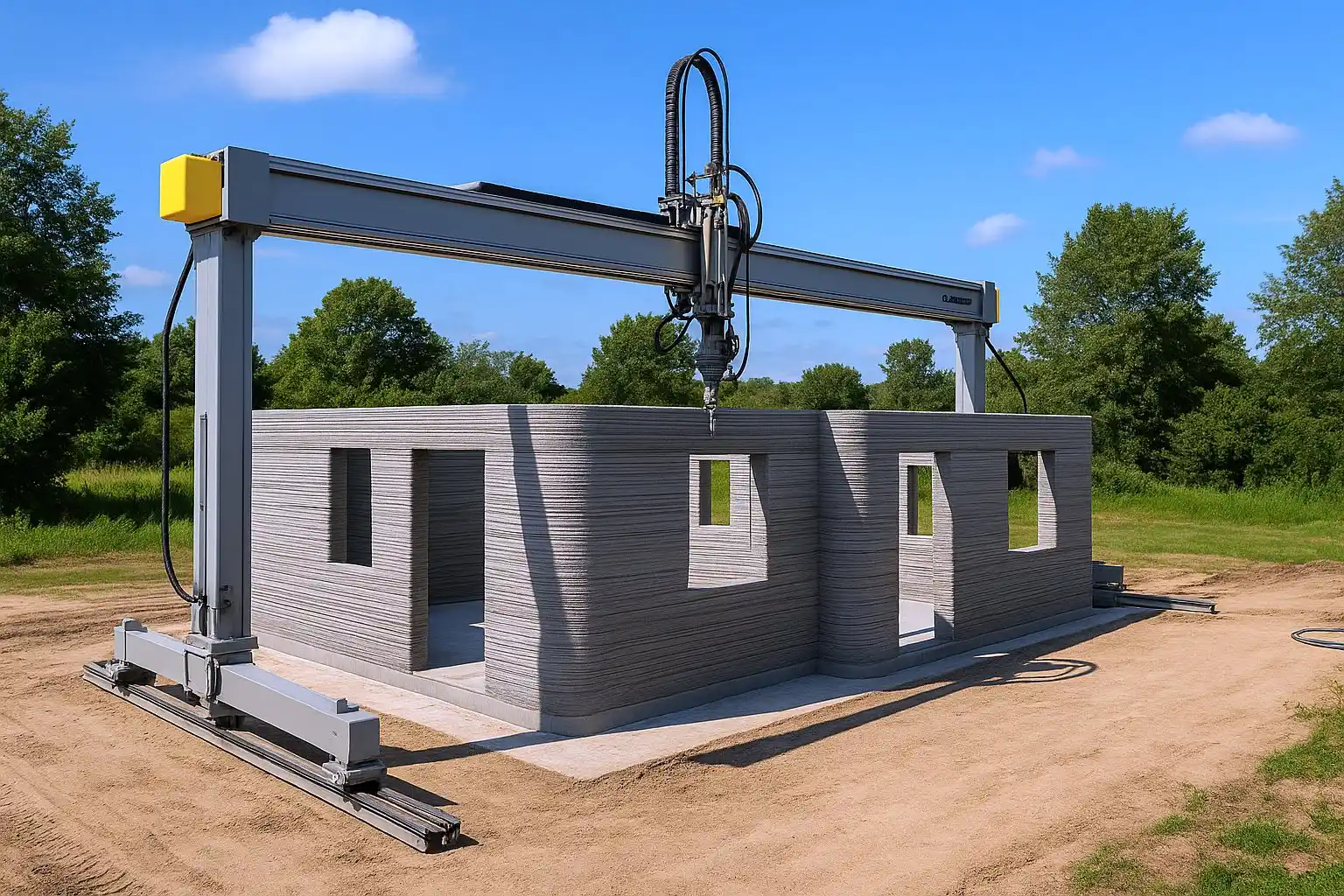
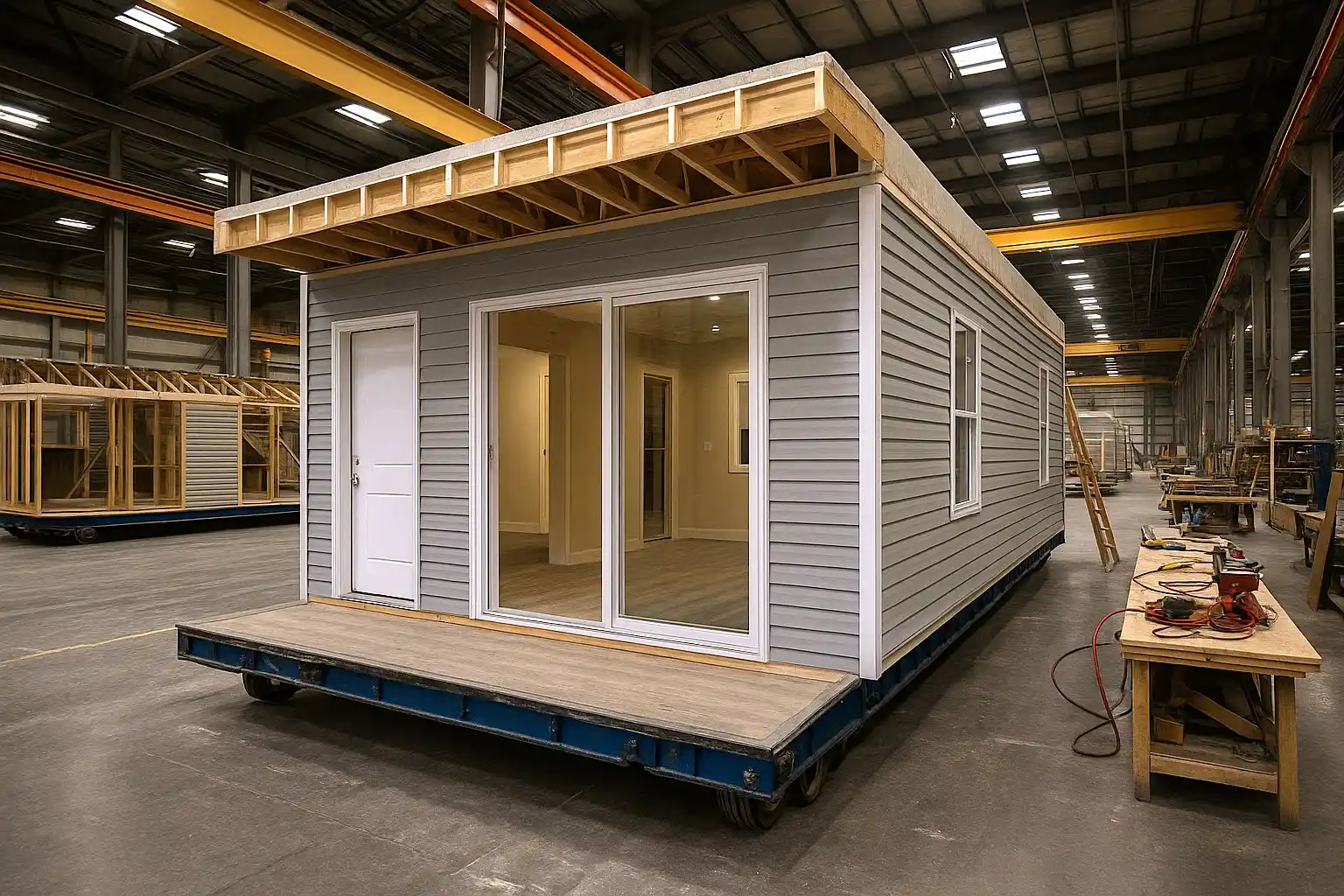
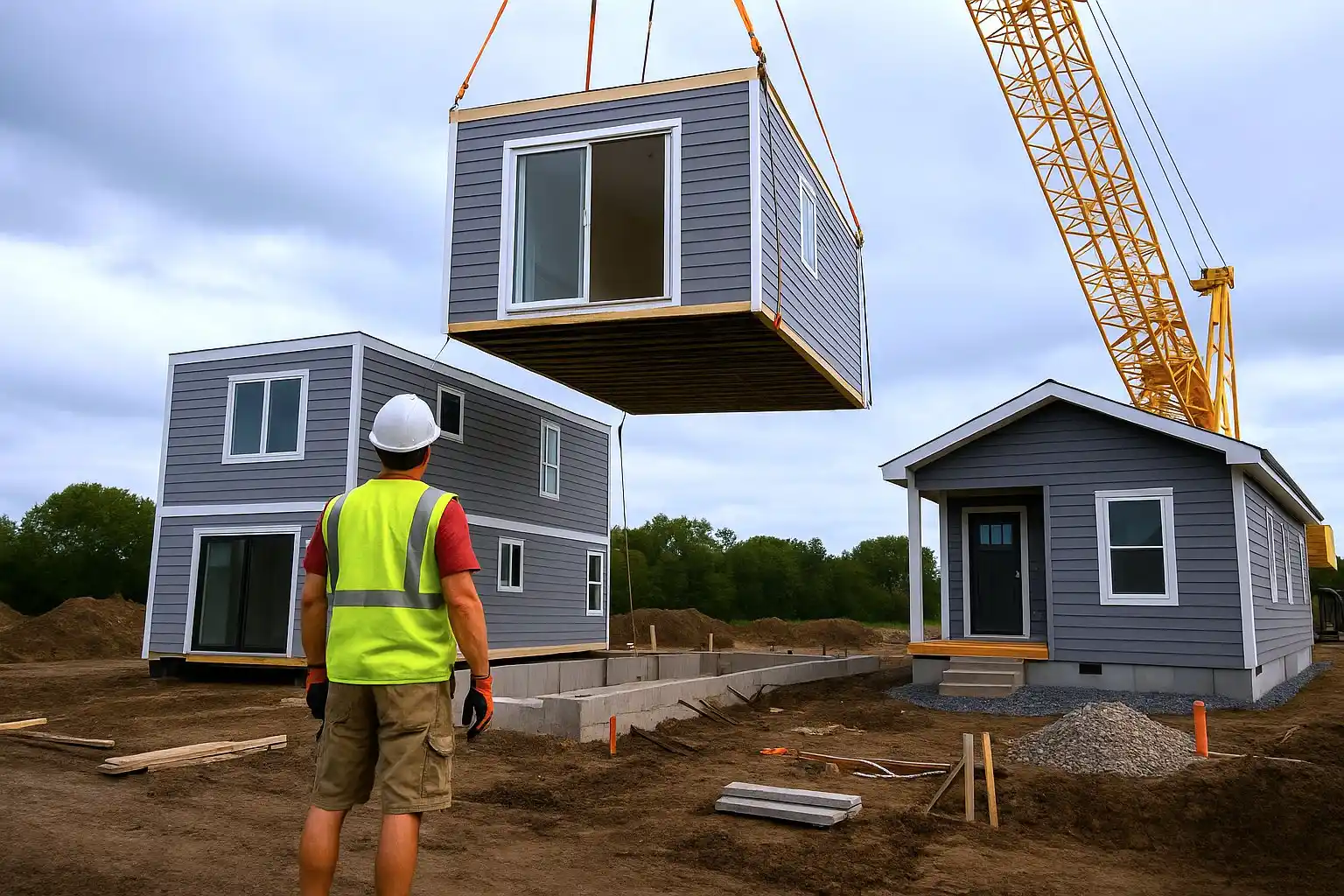
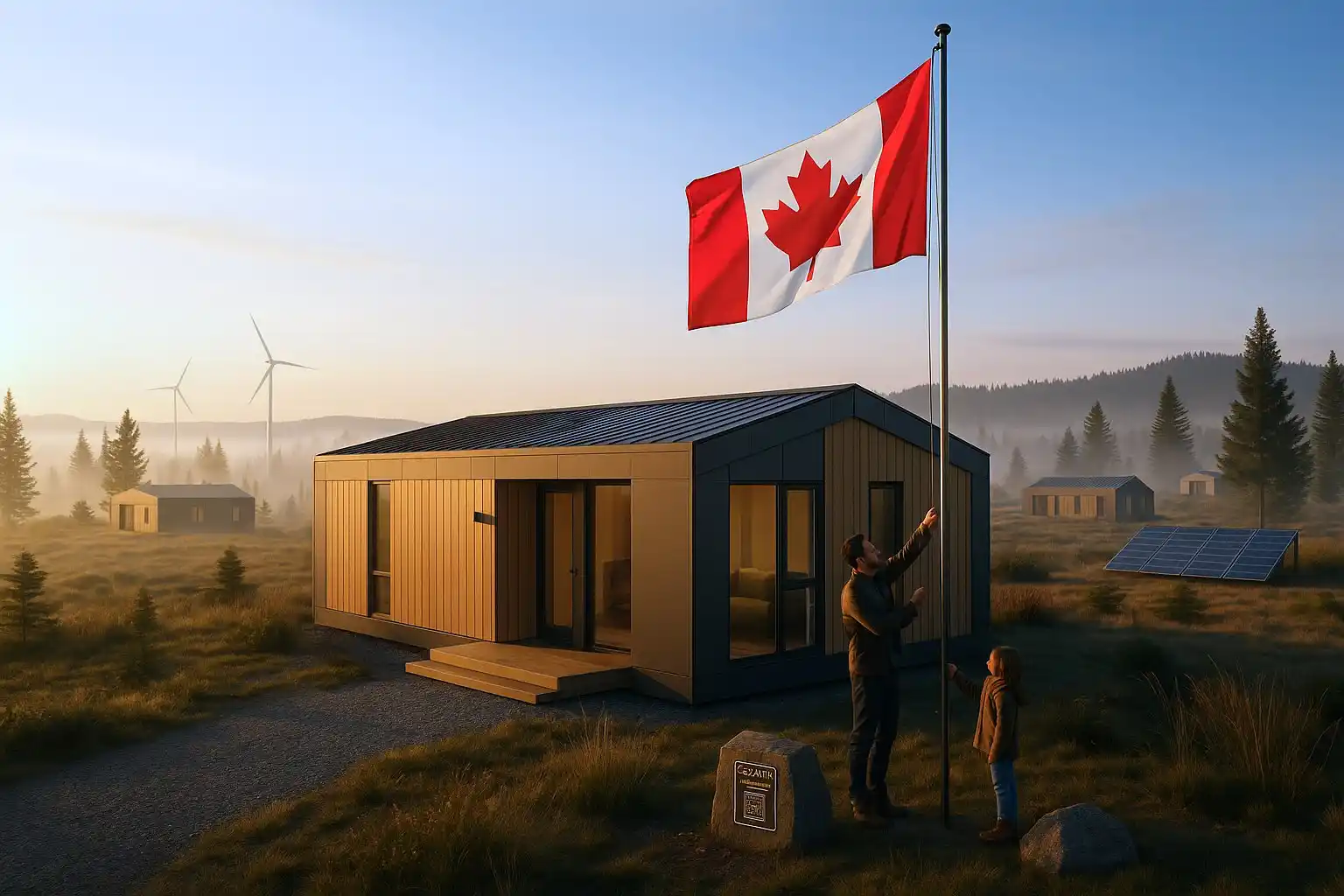
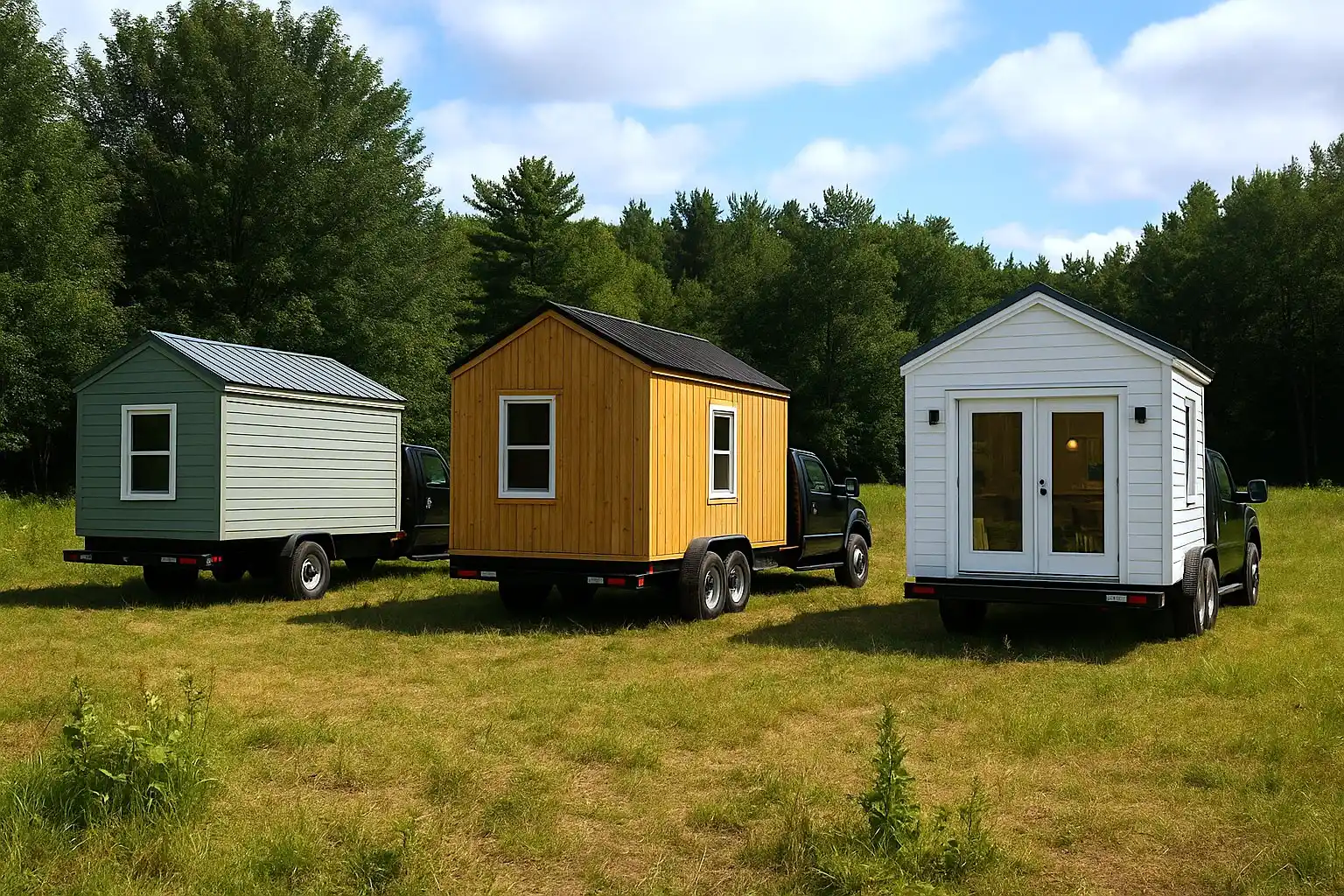
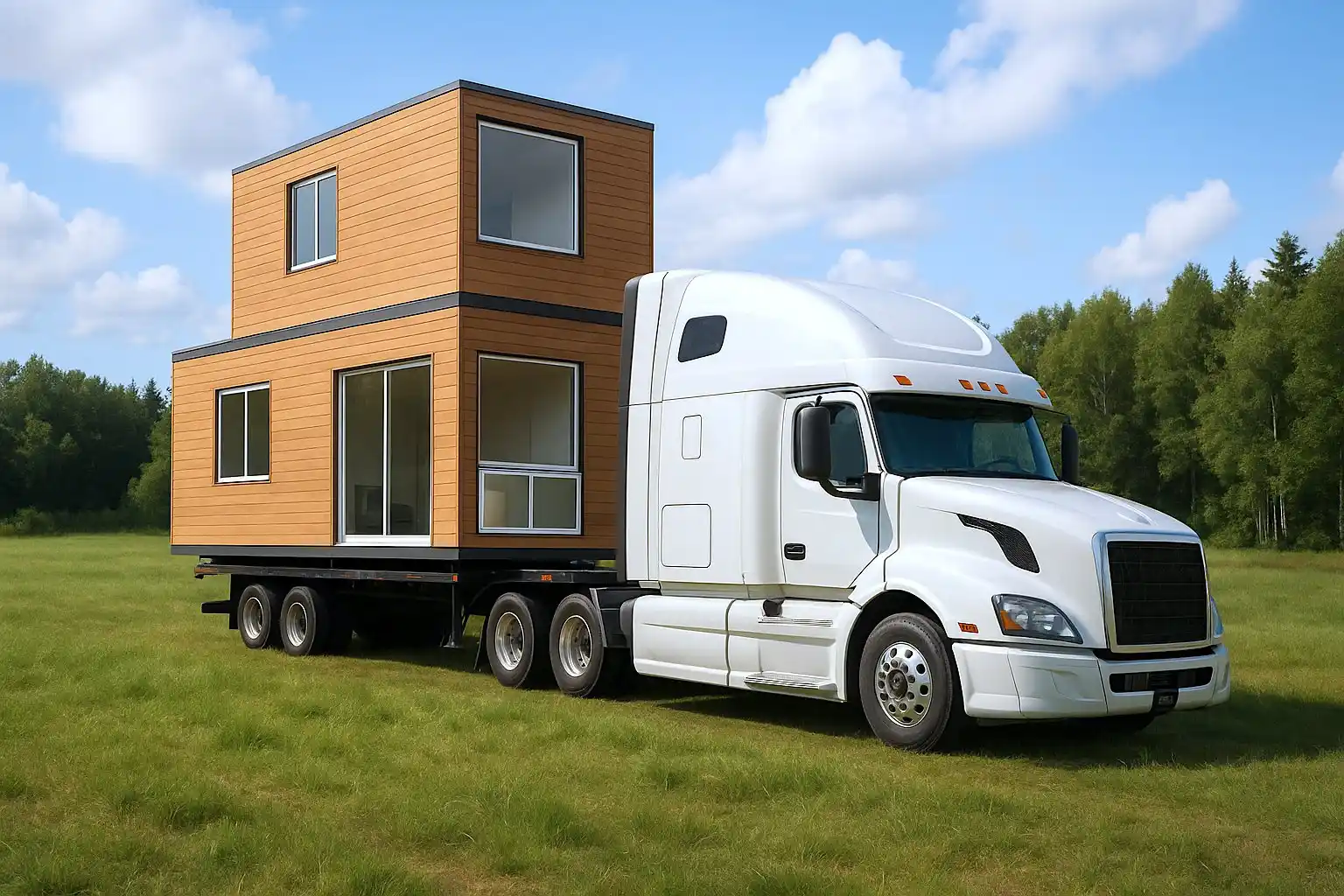
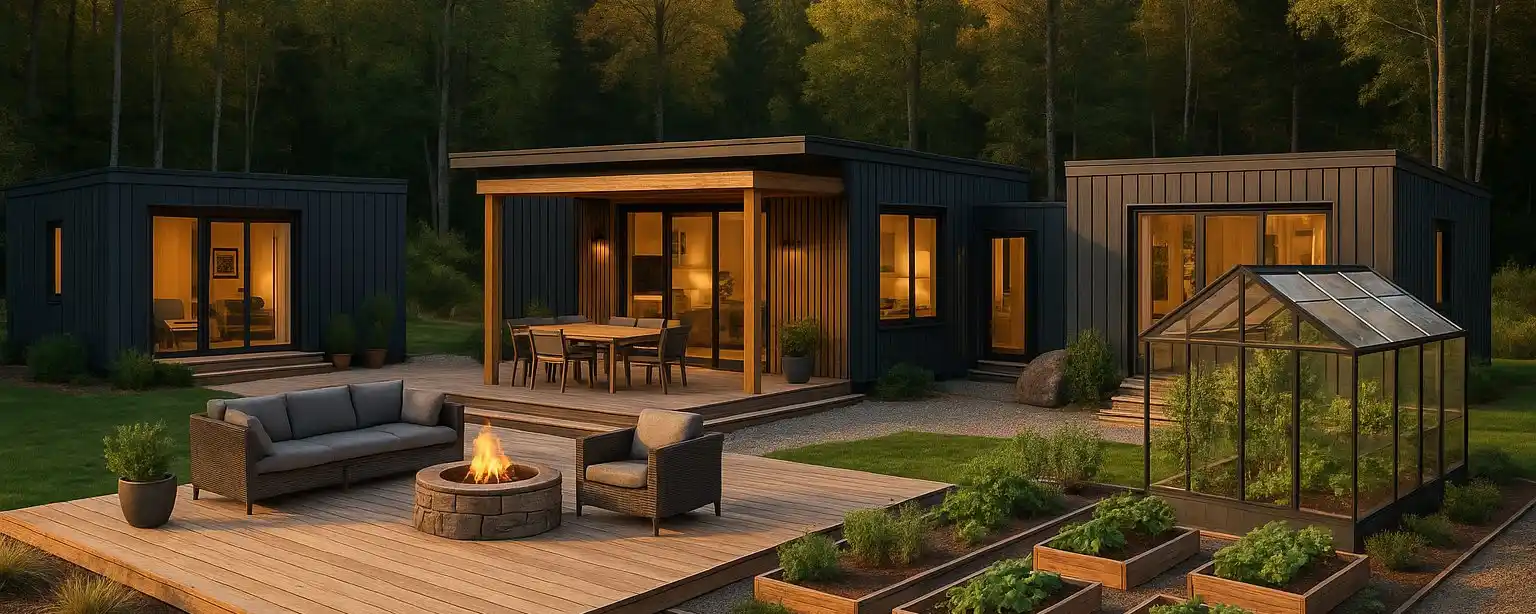
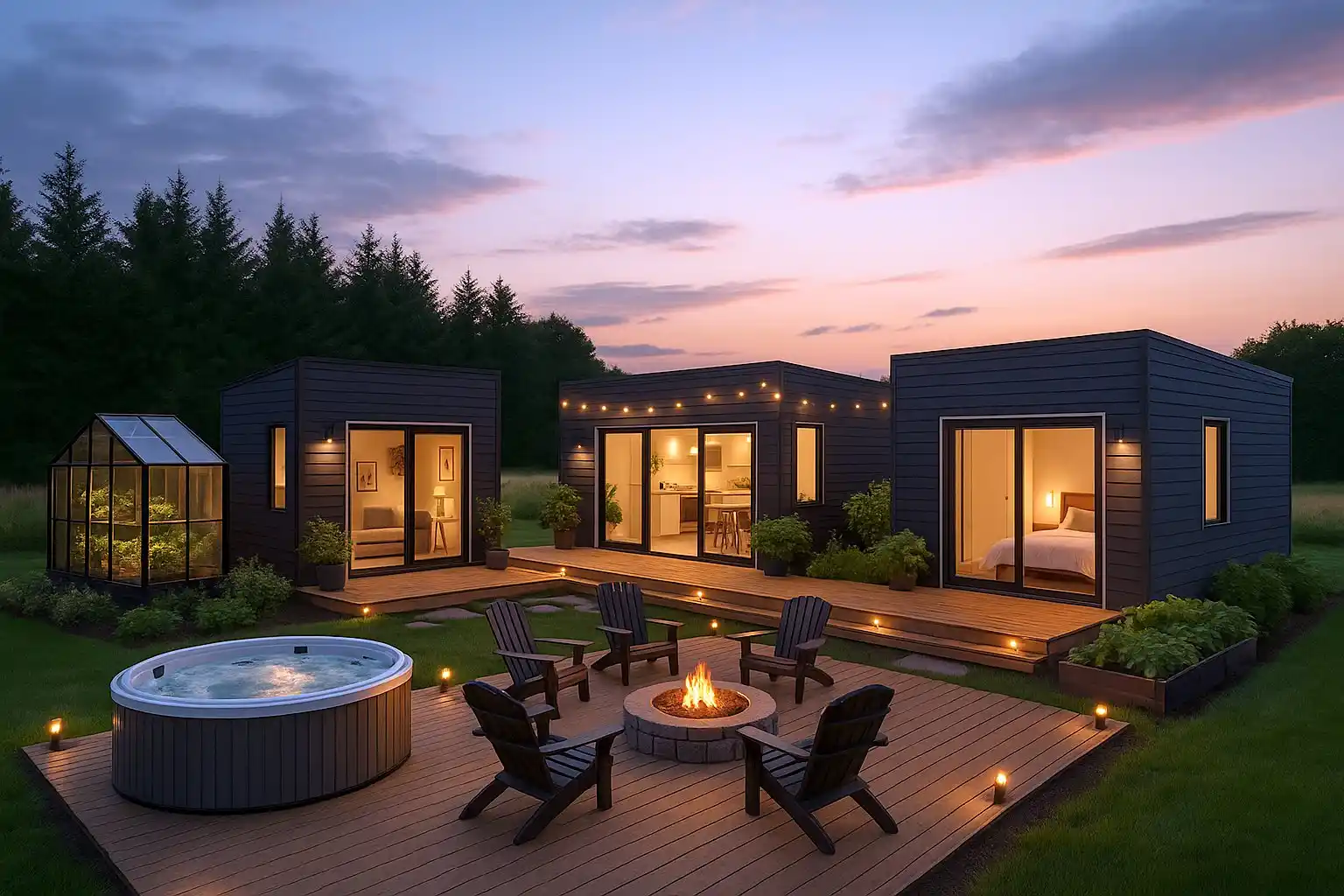
💰 Cost Reality Check:
This plan doesn’t require the government to spend $40 billion or $100 billion or buy land from the private market.
The land already belongs to Canadians.
We don’t need more money — we need a portal. A map. A claim button. Digital access to public land is the unlock key.
And yes — if citizens are buying modular home kits, installing solar panels, or upgrading food autonomy with their own capital — that’s still capitalism.
It’s ownership-based capitalism, not rentier feudalism. It’s productivity, not dependency. Innovation, not inflation.
🔥 Final Note:
“This is the blueprint for Canada’s 21st-century frontier — not a return to the past, but a rediscovery of what made us strong: land, skill, family, and freedom. Built not on slogans — but on systems.”
Related Content:
Title: “Here’s a breakdown of what may be going on behind the aluminum situation, framed with system-level logic, geopolitical insight, and industrial foresight…” https://x.com/SkillsGapTrain/status/1930719650045906998
Title: “Thanks Danielle — You, along with the people of Alberta, may be one of Canada’s last remaining chances to correct course.” https://x.com/SkillsGapTrain/status/1930428066372948374
Title: “It’s not the home that’s the problem — it’s the land system management and distribution behind it.” https://x.com/SkillsGapTrain/status/1924883844148428942
Title: “Nice video! It’s refreshing to see truthful communication initiated directly by the people, rather than the manufactured global narratives” https://x.com/SkillsGapTrain/status/1858470520322130241
Title: “Nice video! It’s refreshing to see truthful communication initiated directly by the people…” https://x.com/SkillsGapTrain/status/1858470520322130241
Title: “Can Factory-Built Homes Help Solve The Housing Crisis?” https://youtu.be/hU4rp-efn-I
Title: “The multibillion industry hoping to fix the world’s housing crisis” https://youtu.be/6_thJipIf00
To see our Donate Page, click https://skillsgaptrainer.com/donate
To see our Instagram Channel, click https://www.instagram.com/skillsgaptrainer/
To see some of our Udemy Courses, click SGT Udemy Page
To see our YouTube Channel, click https://www.youtube.com/@skillsgaptrainer